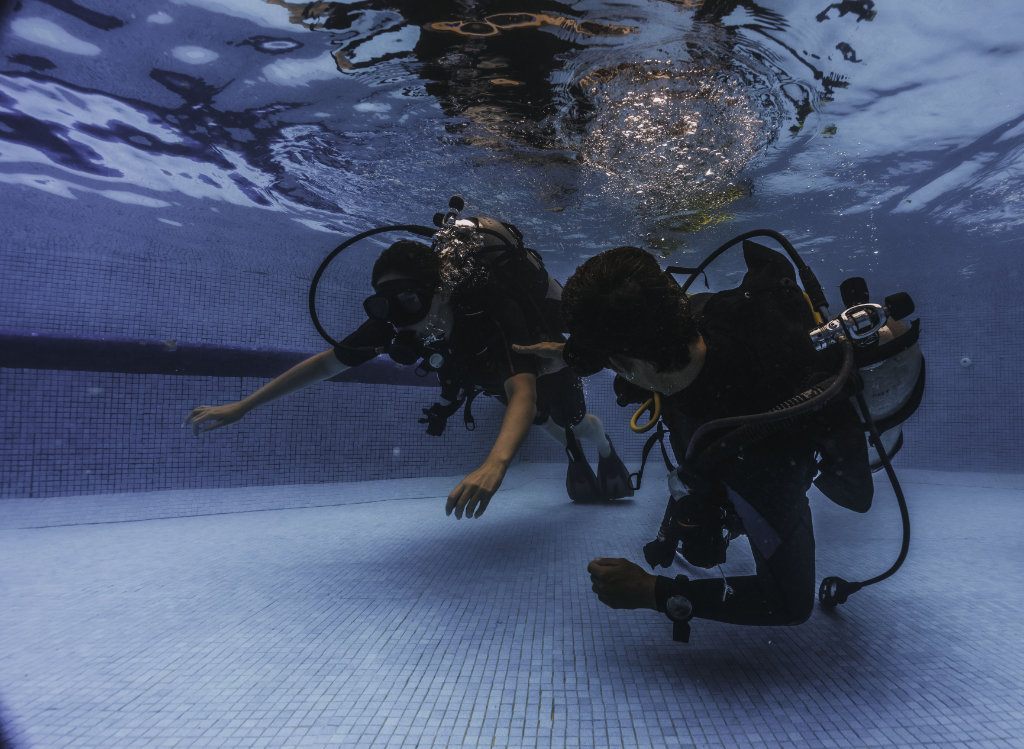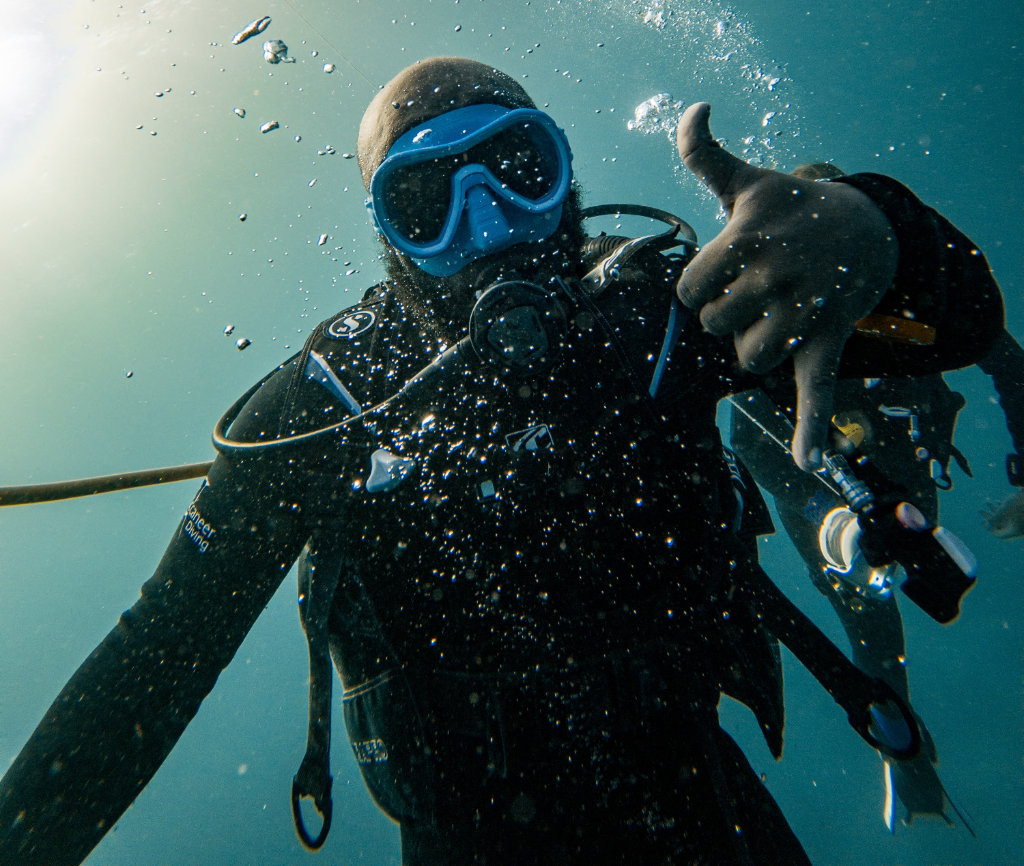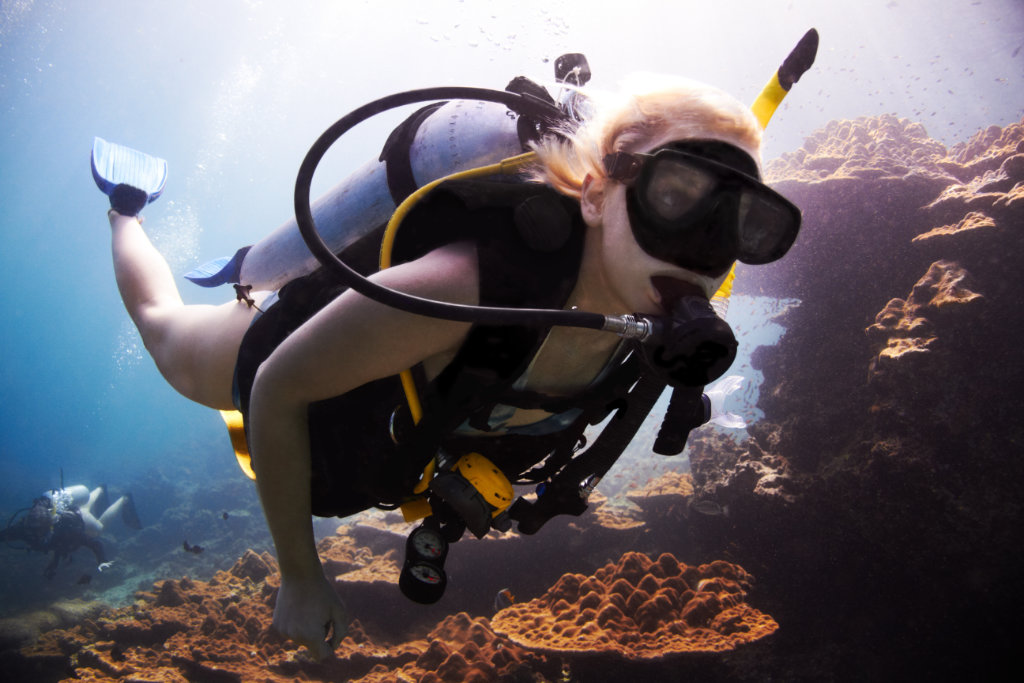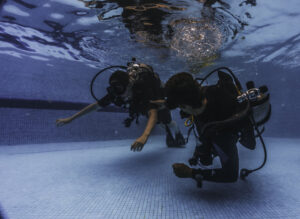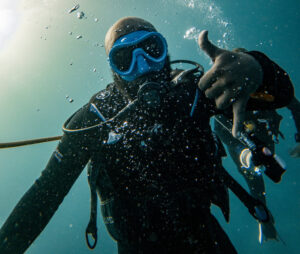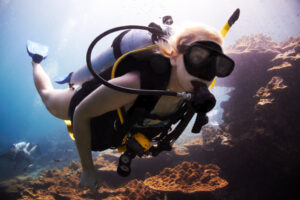Scuba diving is an unforgettable experience as it gives you the unique opportunity to explore breathtaking underwater landscapes and become part of the beautiful and mysterious world of dangerous sea life.
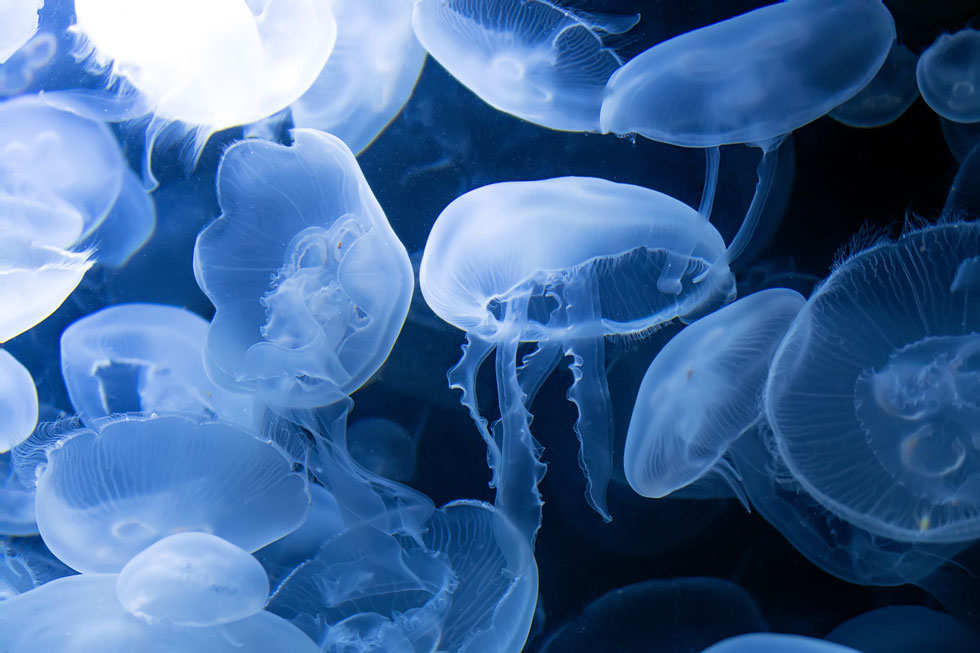
Observing diverse sea creatures up close in their natural habitat is truly awe-inspiring. As a scuba diver, you have an unparalleled opportunity to witness the wonders of the underwater world, learn more about its inhabitants, and experience environments that few people have the chance to encounter. However, while scuba diving brings many joys and benefits, it’s crucial to remember that this experience also comes with responsibility and potential hazards.
When it comes to interacting with sea life, it’s best to adhere to the golden rule: look but don’t touch.
In this article, we will discuss why you should not touch various sea creatures during your underwater adventure, as well as give you alternative ways to appreciate these animals without getting too close.
Get the latest articles in your inbox fresh and ready to read …
Get the Scubly "All Access Pass"
All Access Pass members enjoy unlimited access to entire articles – 100% FREE
By signing up you agree to our Terms of Service and Privacy Policy. You also agree to receive our newsletters (you can easily and quickly opt-out at any time).
You will receive free access to all of our articles while you are a member of the site.
Why You Should Not Touch Sea Life
Dangerous Sea Life
In addition to the three underwater creatures mentioned earlier, there are a multitude of underwater creatures that can pose a threat if touched. This is not an exhaustive list, but here are some examples of other potentially dangerous marine species:
- Jellyfish: While not all jellyfish are venomous, some species can deliver painful stings that can cause serious symptoms such as nausea, vomiting, muscle cramps, and even heart failure.
- Stingrays: These calm creatures generally do not pose a threat unless they feel threatened, in which case, they can deliver a sharp, venomous sting using the barbs on their tails.
By staying aware of your surroundings and avoiding contact, you can safely appreciate their beauty without risking harm to yourself, dangerous sea life, or the creatures.
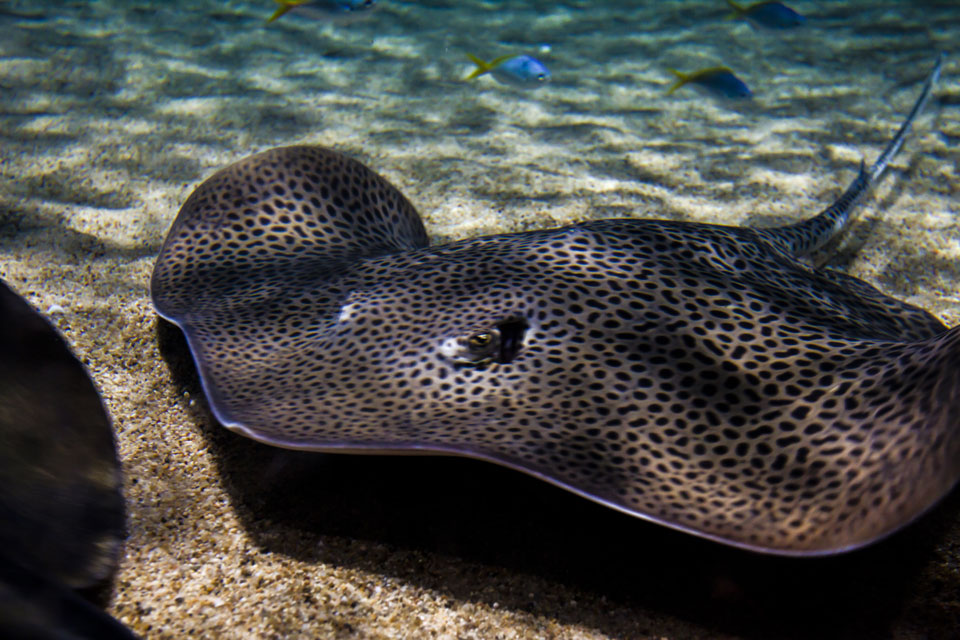
Possible Injury to Yourself and/or the Animal
Touching sea creatures might not only jeopardize your safety, but could also harm the animal. Some marine animals have delicate skin, which can be damaged by the oils and bacteria on human hands.
You might unintentionally break off coral branches or injure delicate creatures with a simple, yet careless stroke. Moreover, many marine animals, including eels and octopuses, can bite if they feel threatened.
A scuba diver’s action may trigger a fear response in the animal, causing it to lash out or flee, which could potentially lead to injury for both parties.
Altering Natural Behaviors and Habits
By observing sea life and minimizing contact, divers can enable more authentic interactions between marine species without causing unnecessary stress, alter their daily routines, or disturb mating rituals.
Furthermore, overly curious divers who chase after sea creatures may force these animals to expend valuable energy, which can have a detrimental impact on their overall health and well-being.
Disturbing Coral Reefs and Other Ecosystems
Coral reefs, seagrass beds, and kelp forests are vital habitats for marine life, providing food, shelter, and breeding grounds for countless species.
Proper buoyancy control is essential when scuba diving near these ecosystems, as accidental contact can result in long-lasting damage.
Ensuring that your fins and equipment do not come into contact with the environment, you can help preserve these fragile ecosystems.
What You Can Do Instead of Touching Animals When Scuba Diving
Observe from a Distance
Whether it’s a graceful manta ray gliding through the water, a vibrantly colored nudibranch crawling on the sea floor, or a playful sea otter feeding on its favorite treat, respectful observation allows divers to learn more about these animals, dangerous sea life, and their habitats without causing harm.
Take Photos or Videos
Underwater photography and videography allow you to capture the magnificence of your encounters, providing a visual reminder of your adventures and a way to share these precious moments with family and friends.
Furthermore, photography and videography may play an integral role in conservation efforts by raising awareness about the beauty and fragility of marine ecosystems, as well as the necessity of preserving these vital habitats in the face of climate change, pollution, and other threats.
Participate in Citizen Science or Marine Conservation Programs
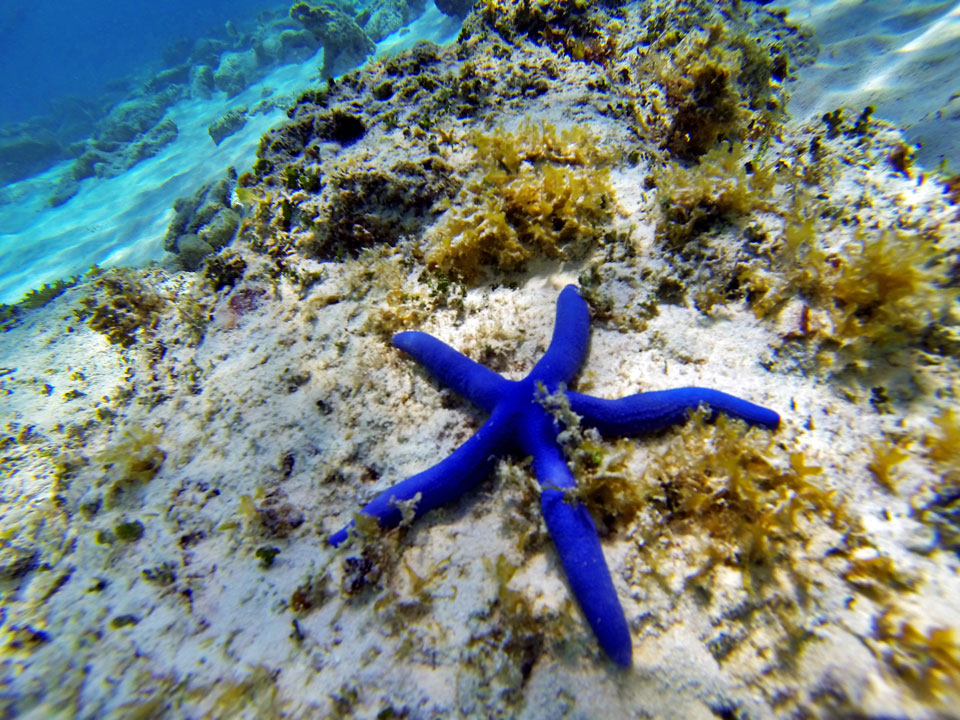
Instead of touching marine life, find opportunities to actively contribute to their well-being by participating in citizen science or marine conservation programs. By taking part in local projects, divers may assist in monitoring marine populations, cleaning up ocean debris, or rehabilitating injured wildlife.
This proactive involvement not only deepens one’s understanding of the underwater world but also helps preserve it for future generations.
The Safety Stop
Scuba diving is an unparalleled way to connect with the complexity and beauty of the undersea realm.
However, as responsible divers, we must remember that we are guests in this fragile ecosystem and that our actions can ultimately affect the wellbeing of its countless inhabitants. To ensure that future generations can also experience the wonders of the marine world, we must always strive to minimize our impact on these delicate ecosystems and leave no trace behind.
By being respectful, keeping a safe distance, and practicing responsible behaviors, we can continue to appreciate the mysteries of the oceans and safeguard their future.
Dive safely, cherish the incredible encounters, and inspire others to respect and protect the remarkable underwater world.

